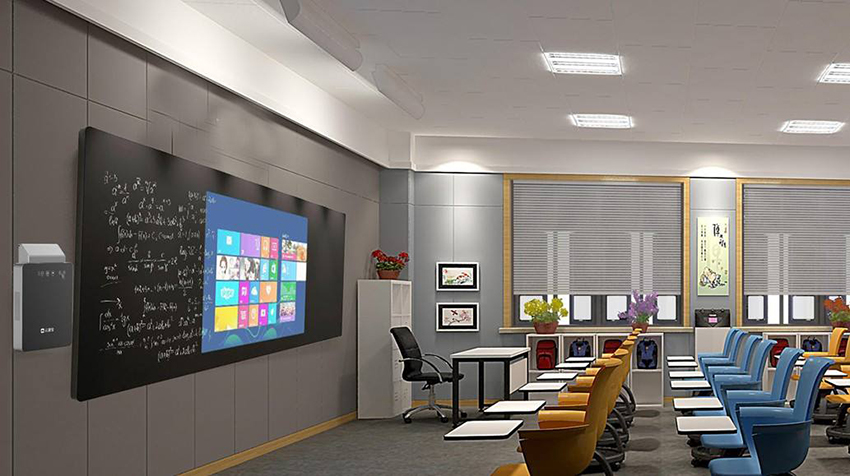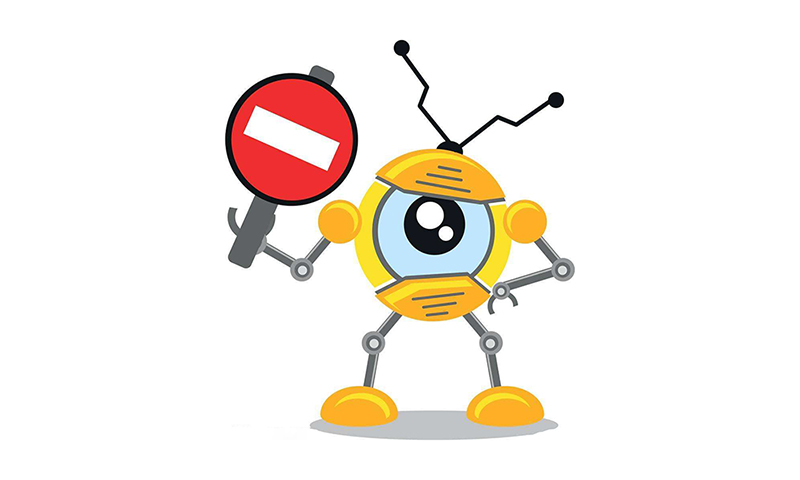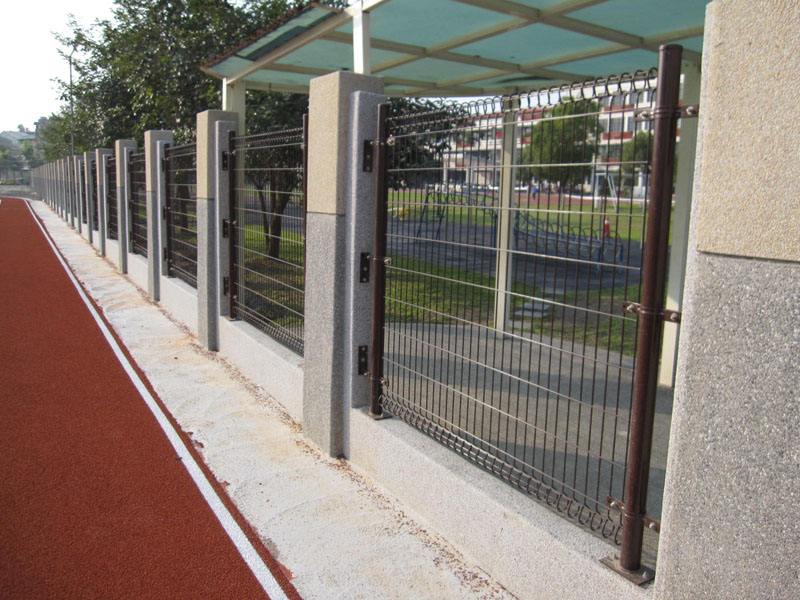With the rapid development of the Internet of Things, we can often hear terms such as “smart city”, “smart transportation”, “smart industry” or “smart agriculture”, which are all combinations of Internet of Things technology and traditional industries. So if the Internet of Things is combined with education, what kind of smart education will be created?
The most common place for education is the campus. Building a smart campus in the Internet of Things era will bring a different experience to all students receiving education.
smart classroom


The most traditional classroom consists of a podium, a box of chalk, a blackboard, a blackboard eraser and students’ desks and chairs. However, after the Internet became more popular, computers and multimedia whiteboards were added to the classroom. In the Internet era, with the arrival of the Internet of Things, traditional classrooms have been transformed into smart classrooms.
Smart classrooms no longer have blackboards, chalks, and textbooks. Instead, they have an electronic whiteboard that looks like a large screen. With the teacher’s finger, all the tutorials appear in front of the students in the form of pictures, text, and audio and video. The important thing is that students no longer have to carry heavy schoolbags, they only need to bring an “e-school bag” to attend class easily.
Another very important point is resource sharing. Schools or classes learn together through remote interactive systems and share high-quality teaching resources from all over the world. Let all students enjoy the best resources.
Smart library


At present, libraries are organized or arranged by barcodes. When we need to find a certain book, we must first check the barcode of the book on the computer, and then search for the book on the corresponding bookshelf based on the barcode, which often takes a long time. time. The smart library installs passive radio frequency tags on all books in the collection. By using bookshelf sensors or handheld smart terminals, books can be quickly located for easy borrowing or management.
Smart libraries will also have much fewer managers than traditional libraries. The task of placing books and managing books will be more handed over to machines. Managers only need to ensure that the machines work normally and report for repairs in a timely manner if they malfunction.
Smart Broadcasting


Broadcasting has always been an important method of campus information exchange and is widely used in daily school management such as flag raising, eye drills, announcements, broadcast drills, and sports meetings. But all broadcast content requires people to operate it manually. Smart broadcasting will realize automatic playback, and all broadcast content that is played regularly every day will be stored in the background system, and then the computer or microcontroller will play the corresponding content regularly through control software.
If there are special circumstances, such as playgrounds, canteens, dormitories, or different grades or classes, and different broadcast contents need to be played at the same time, partition control management is required. When Smart Broadcasting first designed the broadcasting system, each grade, dormitory, canteen, etc. was built with an independent broadcasting area. A manual switch (zoning controller) was added to the front end, and the control was manually controlled during playback. Broadcast per zone.
Mobile Campus Pass


We can often hear on the radio that someone’s campus card has been lost, and it is very frequent, indicating that different students lose their campus cards every day. The campus card is an important tool for students to spend money in school, enter the library, etc. Since it is easy to lose, you can simply integrate all the functions of the campus card into your mobile phone, transforming it from a “campus card” to a “mobile campus pass”. You can use your mobile phone to borrow books, check attendance, and make purchases. At the same time, because there are many keys in dormitories, classrooms, offices, etc., a large set of them is heavy and noisy, which is very inconvenient. Therefore, the smart campus will transform all door locks in the school into sensor door locks. You only need to open the corresponding APP on your mobile phone. Just sway in front of the access control card reader and make a “beep” sound to open the door easily. Of course, all mobile application operations require administrator authorization.
electronic police


Schools usually register all students’ personal information, and there are many important information, confidential documents, etc. Once these information are leaked, it will cause serious consequences. The smart campus embeds all computers and other devices that store these data into radio frequency cards to monitor their location in real time to better prevent loss or leakage. Once an abnormality occurs, the administrator’s computer terminal and radio frequency card will alarm. Let the “electronic police” stand guard for information security.
In addition to information security, personal safety is also very important. Intelligent sensors are installed in key areas such as school roads, entrances, playgrounds, corridors, and toilet entrances to achieve 24-hour uninterrupted security detection. The entire campus is covered with sensing points. When the camera captures a suspicious person, it will use sensing points to track and focus on monitoring to ensure the safety of the campus.
electronic fence


Normally, school walls are an important part of protecting students’ campus safety, especially schools with younger students such as kindergartens and elementary schools. The news often reports incidents of strangers climbing over walls to harass students or commit murders, which brings great safety risks to schools. And accidents often occur when students jump over the wall to skip classes.
In order to better ensure safety, electronic fences were installed on the original walls to form a transparent protective net. Monitor the surrounding area of the school to prevent unknown persons from entering, and also prevent students from climbing the wall to skip classes during classes, which is very effective in creating a safe campus atmosphere. At the same time, in order to prevent false alarms, the electronic fence adopts the design of three infrared rays. If small non-monitored objects such as leaves enter the electronic fence, the alarm will not be alarmed. Objects that pass through the electronic fence must be large enough in area and volume to trigger an alarm.
Zusammenfassend
Since the Ministry of Education officially proposed the four-year planning task of smart campus construction in 2016, “Internet education” has attracted more and more attention. Smart campus construction is one of the important tasks in the education informatization 2.0 plan. Although the complete smart campus has not yet been implemented, many schools are slowly making changes one by one. Whoever can seize the highest point in education depends on who can apply “Internet education” more maturely and perfectly first.
Smart campus hopes to create a more comfortable, safer, greener and smarter learning environment, coupled with transparent and efficient school governance, more scientific security management, and innovative network research, to create a wisdom in the Internet of Things era Transform campus life.